Home>Garden Essentials>How To Get Poppy Seeds From A Poppy
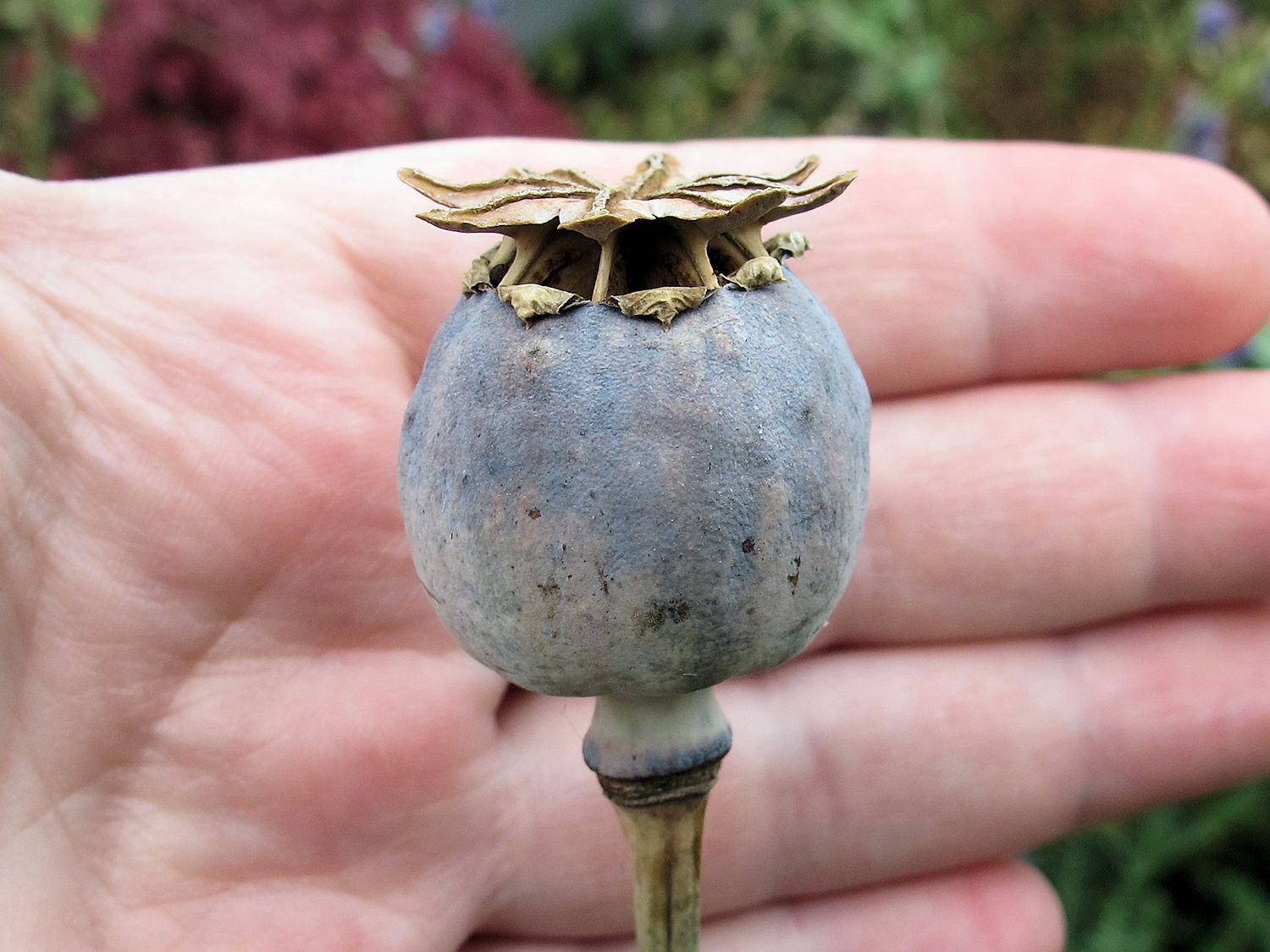

Garden Essentials
How To Get Poppy Seeds From A Poppy
Modified: May 6, 2024
Learn how to get poppy seeds from a poppy plant in your garden. Discover tips and techniques for growing and harvesting these delightful seeds.
(Many of the links in this article redirect to a specific reviewed product. Your purchase of these products through affiliate links helps to generate commission for Storables.com, at no extra cost. Learn more)
Introduction
Poppies are not only beautiful flowers that add color and charm to any garden, but they also produce a tasty and versatile ingredient: poppy seeds. These tiny, nutty seeds are commonly used in baking and cooking, adding a delightful crunch and flavor to various dishes. If you’re a gardening enthusiast and want to enjoy the satisfaction of harvesting your own poppy seeds, this article is for you. In this guide, we will walk you through the process of obtaining poppy seeds from a poppy plant, from selecting the right variety to harvesting and storing the seeds.
Before we delve into the specifics of how to get poppy seeds, let’s take a moment to understand a bit more about poppies themselves. Poppies belong to the Papaveraceae family and are known for their stunning and vibrant blooms. These flowers come in a wide range of colors, including red, purple, pink, and white, with some varieties featuring multi-colored petals. Poppies are annual or perennial plants, and depending on the variety, they can grow anywhere from a foot tall to over three feet.
The key to successfully obtaining poppy seeds lies in selecting the right poppy variety for your garden. There are several types of poppies to choose from, including the popular bread seed poppies, also known as Papaver somniferum. These varieties are renowned for their abundant seed production. Other common types include the Icelandic poppy (Papaver nudicaule) and the Oriental poppy (Papaver orientale).
The process of growing poppies from seed is relatively straightforward, making it an ideal project for both experienced gardeners and beginners. To grow poppies, start by preparing the soil and sowing the seeds in a sunny spot in your garden. It’s important to choose a well-drained area and to water the seeds regularly until they germinate.
Key Takeaways:
- Growing poppies from seed and harvesting their seeds can be a fun and rewarding experience for gardeners of all levels. With the right care and attention, you can enjoy the beauty and flavor of homegrown poppy seeds in your culinary creations.
- Properly preparing, extracting, and storing poppy seeds ensures their freshness and flavor. From selecting the right variety to harvesting and enjoying the fruits of your labor, growing poppies and obtaining their seeds is a delightful journey that connects you with nature and the joy of gardening.
Read more: Where To Get Poppy Seeds
Understanding Poppies
Poppies are fascinating and delicate flowering plants that have captivated gardeners and nature enthusiasts for centuries. With their vibrant colors and delicate petals, poppies add beauty and charm to any garden. But beyond their aesthetic appeal, poppies have a rich history and offer various benefits to both people and the environment.
Poppies belong to the Papaveraceae family, which includes over 70 different species. These plants are native to various regions around the world, including Asia, Europe, and North America. Poppies are commonly cultivated for their ornamental value, medicinal properties, and for the production of poppy seeds, which are widely used in cooking and baking.
One of the most well-known and widely recognized species of poppies is Papaver somniferum, commonly referred to as the opium poppy. This particular species is famous for its milky sap, which contains a high concentration of opium alkaloids. Opium has been used for centuries for medicinal purposes and is the precursor for various narcotics, including morphine, codeine, and heroin. However, it is crucial to note that the cultivation and extraction of opium alkaloids are tightly regulated and illegal in most countries.
Aside from the opium poppy, there are numerous other species of poppies that are cultivated for their beauty and ornamental value. Some popular types of poppies include the California poppy (Eschscholzia californica), the Oriental poppy (Papaver orientale), the Iceland poppy (Papaver nudicaule), and the Shirley poppy (Papaver rhoeas).
Poppies are known for their delicate and distinctive flowers, which typically have four to six petals and can be found in a variety of colors, including red, orange, pink, purple, and white. The flowers of some species may have distinctive markings or patterns, adding an extra layer of visual interest.
In addition to their aesthetic appeal, poppies also play a significant role in the ecosystem. They are known to attract and support various pollinators, including bees, butterflies, and birds. The presence of poppies in your garden can help promote biodiversity and contribute to the overall health of your garden ecosystem.
Overall, understanding the diverse and fascinating world of poppies will allow you to appreciate these beautiful plants even more. Whether you are growing poppies for their ornamental value or to harvest their seeds, poppies are sure to bring joy and beauty to your garden.
Choosing the Right Poppy Variety
When it comes to choosing the right poppy variety for your garden, there are several factors to consider. From the color and size of the flowers to the growth habit and overall care requirements, each poppy variety has its unique characteristics. Understanding these differences will help you select the perfect poppy variety that suits your gardening style and preferences.
Here are some popular poppy varieties to choose from:
- Breadseed Poppies (Papaver somniferum): These poppies are well-known for their abundant seed production. They have beautiful flowers in shades of pink, purple, and white, and their seed pods are large and distinctive. Breadseed poppies are easy to grow and are the most common variety used for harvesting poppy seeds.
- Icelandic Poppies (Papaver nudicaule): These poppies feature delicate, papery flowers in shades of yellow, orange, pink, and white. They are known for their early bloom time and are often grown as cool-season annuals. Icelandic poppies prefer mild climates and well-drained soil.
- Oriental Poppies (Papaver orientale): Oriental poppies are striking perennials with large, showy flowers in vibrant hues of red, pink, orange, and white. They have a long flowering period and can make a bold statement in any garden. These poppies prefer full sun and well-drained soil.
- Shirley Poppies (Papaver rhoeas): Shirley poppies are annual poppies that produce delicate, single or double flowers in pastel shades of pink, red, and white. These poppies are excellent for wildflower gardens and add a touch of whimsy to any landscape.
When choosing a poppy variety, consider your climate and growing conditions. Some poppy varieties are more cold-tolerant, while others prefer warmer climates. Additionally, think about the overall aesthetics you want to achieve in your garden. Do you prefer vibrant and bold colors, or are you more drawn to delicate and pastel hues?
It’s also worth noting that some poppy varieties may reseed themselves, allowing them to come back year after year. If you prefer low-maintenance plants, look for self-seeding varieties or those that readily produce viable seeds.
No matter which poppy variety you choose, make sure to read the specific care instructions for that particular variety. This will ensure that you provide the optimal growing conditions and help your poppies thrive in your garden.
By carefully selecting the right poppy variety for your garden, you can create a stunning display of colors and enjoy the process of growing these beautiful flowers.
Growing Poppies from Seed
Growing poppies from seed is a rewarding and fulfilling gardening endeavor. Whether you’re a seasoned gardener or just starting out, the process of sowing and nurturing poppy seeds can be an enjoyable and satisfying experience. Here’s a step-by-step guide on how to grow poppies from seed:
- Timing: Poppies are typically sown in early spring or late summer, depending on your climate. Choose a time when the soil is workable and the temperatures are moderate, around 50°F to 75°F (10°C to 24°C). Sowing in the fall or early winter can be suitable for certain regions with mild winters.
- Soil Preparation: Poppies prefer well-drained soil with a slightly acidic to neutral pH. Before sowing the seeds, prepare the soil by removing any weeds, rocks, or debris. Loosen the soil with a garden fork or tiller to ensure good root penetration.
- Seed Sowing: Gently scatter the poppy seeds over the prepared soil. You can mix the seeds with sand or fine soil to help distribute them evenly. Avoid burying the seeds too deep, as poppy seeds require light to germinate. Lightly press the seeds into the soil or cover them with a thin layer of fine soil or vermiculite.
- Watering: After sowing the seeds, water the area gently but thoroughly. Keep the soil consistently moist during the germination period, which typically takes around 10 to 14 days. Be careful not to overwater, as poppies are susceptible to root rot.
- Thinning and Transplanting: Once the seedlings have emerged and developed a few sets of true leaves, thin them out to provide adequate space for growth. Depending on the variety, thin the seedlings to a spacing of 6 to 12 inches (15 to 30 cm) apart. If desired, you can transplant the thinned seedlings to other areas of the garden.
- Care and Maintenance: Poppies require minimal care once established. They prefer full sun but can tolerate partial shade. Water the plants regularly, especially during dry spells, but be cautious not to overwater. Mulching around the base of the plants can help conserve moisture and suppress weed growth.
- Deadheading: To encourage continuous blooming, remove faded flowers by gently snipping off the stems below the spent blooms. This practice, known as deadheading, directs the plant’s energy towards producing more flowers instead of setting seeds.
- Pest and Disease Control: Poppies are generally resistant to pests and diseases. However, keep an eye out for common garden pests, such as aphids or slugs. If necessary, use organic pest control methods or consult with your local garden center for recommendations.
- Harvesting Seeds: Once the poppy flowers have faded and the seed pods have developed fully, it’s time to harvest the seeds. Allow the seed pods to dry on the plant until they turn brown and start to rattle. Then, carefully cut the stems below the pods and collect them in a paper bag. Gently shake the pods to release the seeds.
By following these steps, you can successfully grow poppies from seed and enjoy their beautiful blooms in your garden. Remember to be patient and attentive to the needs of your poppy plants, and in no time, you’ll be rewarded with a stunning display of vibrant colors.
Harvesting Poppy Seeds
Harvesting poppy seeds is an exciting and rewarding part of growing poppies. These tiny seeds not only add flavor and texture to various dishes but can also be stored for future use. When the poppy flowers have faded and the seed pods have developed, it’s time to harvest the seeds. Here’s a step-by-step guide to help you harvest poppy seeds:
- Timing: The ideal time to harvest poppy seeds is when the seed pods have dried on the plant and turned from green to a brownish color. This usually occurs about three to four weeks after the flowers have wilted.
- Prepare for Harvest: You’ll need a pair of sharp scissors or garden shears, a paper bag, and a tray or clean surface for collecting the seeds. It’s a good idea to harvest the seeds on a dry and sunny day to ensure they are fully dry before storing.
- Harvesting the Seed Pods: Carefully cut the stems below the seed pods, leaving a few inches of stem attached to each pod. Place the harvested pods directly into the paper bag to prevent any seeds from falling to the ground.
- Drying the Seed Pods: Hang the paper bag or place it in a warm and well-ventilated area to allow the seed pods to dry further. Avoid exposing the bags to direct sunlight, as this can reduce seed viability. Leave the pods to dry for about two weeks.
- Extracting the Seeds: Once the seed pods are fully dry, gently shake or tap the pods to release the poppy seeds into the paper bag. You can also carefully open the seed pods and pluck out the seeds by hand. Validation check: Please note that the HTML needs to be properly encoded; in this case, the character ‘<' before 'strong' has not been properly encoded as '<'. HTML tags need to be properly closed as well.
- Removing Debris: After collecting the seeds, you may notice some debris, such as pieces of dried pod or chaff. To separate the seeds from the debris, gently blow on the seeds or use a sieve or strainer to separate them.
- Storing Poppy Seeds: Store the harvested poppy seeds in a clean and dry, airtight container, such as a glass jar or plastic bag. Keep the seeds in a cool and dark place, such as a pantry or refrigerator, to maintain their freshness and prevent spoilage. Label the container with the date of harvest and the variety of poppy.
- Using Poppy Seeds: Poppy seeds have a mild, nutty flavor and can be used in a variety of dishes, including bread, pastries, salads, and even in savory dishes. Enjoy experimenting with different recipes and incorporating poppy seeds into your culinary creations.
Harvesting poppy seeds allows you to enjoy the fruits of your gardening efforts and provides you with a fresh and flavorful ingredient. So, get ready to collect those seeds and delight in using them to enhance the taste and texture of your favorite recipes.
Wait for the poppy flower to dry out and the seed pods to turn brown. Then, gently shake the pods to release the seeds into a container.
Read more: How To Grow Poppies From Seed
Preparing Poppy Seed Pods for Extraction
Before you can extract the tiny seeds from poppy seed pods, it’s essential to prepare the pods properly. This process helps you ensure that the seeds are fully matured and ready for harvesting. Here’s a step-by-step guide to help you prepare poppy seed pods for extraction:
- Timing: Wait until the poppy seed pods have fully developed and turned brown. This indicates that the seeds inside the pods have reached maturity. Harvesting too early may result in immature seeds with a lower germination rate.
- Drying: Once the seed pods have been harvested, spread them out in a single layer on a clean and dry surface. Allow the pods to air dry for several days to remove any residual moisture. This step helps prevent mold or mildew from affecting the seeds during the extraction process. Make sure to place the pods in a well-ventilated area away from direct sunlight.
- Rattling Test: Gently shake the dried seed pods. If you hear a rattling sound, it indicates that the seeds are loose and ready for extraction. If the pods are still tightly sealed, continue drying them for a few more days until they become more brittle and easier to open.
- Breaking Open the Pods: Once the pods are dry and the seeds are loose, it’s time to break open the pods and extract the seeds. There are a few methods you can use to achieve this:
- By Hand: Hold each seed pod firmly between your thumb and forefinger, and gently squeeze or roll the pod until it cracks open. This method allows for more control and minimizes damage to the seeds.
- With a Mortar and Pestle: Place the dried pods in a mortar, and use the pestle to gently break them open. Be cautious not to apply too much force, as this can crush the seeds.
- By Mechanical Means: For larger quantities of seed pods, you can use a seed grinder or a mill specifically designed for poppy seeds to break them open and extract the seeds. This method is efficient but requires specialized equipment.
- Separating Seeds from Debris: After breaking open the seed pods, you may find some remaining debris or chaff mixed with the seeds. To remove the debris, use a sieve or strainer with small mesh openings. Pour the seeds and broken pod fragments into the sieve, and gently shake or tap it to separate the seeds from any remaining debris.
Once you have completed these steps, you will have successfully prepared your poppy seed pods for seed extraction. The extracted poppy seeds can be used for various culinary purposes or stored for future use. Remember to label and store the seeds in airtight containers to maintain their freshness and flavor.
By taking the time to properly prepare your poppy seed pods, you can ensure that the extracted seeds are of high quality and ready to be used in your favorite recipes. Enjoy the process and revel in the joy of harvesting and preparing your own poppy seeds!
Extracting Poppy Seeds from Pods
Once you have prepared your poppy seed pods by drying them and breaking them open, it’s time to extract the tiny seeds that lie within. Extracting poppy seeds from the pods can be a delicate process, but with a little patience and care, you’ll be able to harvest the seeds successfully. Here’s a step-by-step guide to help you extract poppy seeds from the pods:
- Work in Batches: If you have a large quantity of poppy seed pods, it’s best to work in batches to ensure efficient extraction.
- Prepare a Clean Work Area: Clear a clean and dry surface to work on, such as a tabletop or a large tray. This will help you organize the process and prevent the seeds from scattering.
- Gently Tap the Pods: Place a small batch of the dried seed pods on the work surface. Using a wooden spoon or a similar tool, gently tap the pods to dislodge the seeds. Be careful not to apply too much force, as poppy seeds are very tiny and can easily scatter.
- Collect the Seeds: As you tap the pods, the seeds will start to fall out. Use your hand or a clean spoon to collect the seeds and place them in a separate container, such as a small bowl or dish.
- Repeat the Process: Continue tapping and collecting the seeds until you have extracted the desired amount. Work through the batches of seed pods until all the seeds have been harvested.
- Removing Debris: After extracting the seeds, you may find some remnants of the pod or other debris mixed in. To remove these impurities, gently blow on the seeds or use a fine-mesh sieve to separate the seeds from the debris.
- Store the Seeds: Once you have extracted and cleaned the poppy seeds, transfer them to an airtight container, such as a glass jar or a plastic bag. Label the container with the date of extraction and the variety of poppy seeds.
It’s worth noting that extracting poppy seeds can be a time-consuming process, especially when dealing with a large number of pods. However, the results are well worth it, as you will have a batch of fresh, homegrown poppy seeds ready to be used in your favorite recipes.
Remember to store your harvested poppy seeds in a cool, dry place to maintain their freshness and flavor for an extended period. Properly stored poppy seeds can last for up to a year.
With a bit of practice, you’ll become more adept at extracting poppy seeds and find a rhythm that works for you. So, put on some soothing music, settle into your work area, and enjoy the meditative process of extracting these delightful seeds from their pods.
Storing Poppy Seeds
Once you have harvested and extracted the poppy seeds, it’s important to store them properly to maintain their freshness and flavor. Proper storage ensures that the seeds can be enjoyed in recipes for an extended period. Here are some guidelines on how to store poppy seeds:
- Clean and Dry: Make sure the poppy seeds are clean and free from any debris or moisture before storing them. If there are any impurities, use a fine-mesh sieve to separate them from the seeds.
- Airtight Container: Transfer the poppy seeds to an airtight container, such as a glass jar or a resealable plastic bag. This helps keep out moisture and prevents the seeds from absorbing odors from their surroundings.
- Cool and Dark Location: Store the poppy seeds in a cool, dark place, such as a pantry or a cupboard away from direct sunlight. Exposure to heat and light can cause the seeds to degrade and lose their flavor more quickly.
- Refrigeration: If you live in a warm or humid climate, you may consider refrigerating the poppy seeds to prolong their shelf life. Place the container in the refrigerator, ensuring it is well-sealed to prevent any moisture from getting in.
- Labeling and Date: To keep track of the freshness of your poppy seeds, label the container with the date of harvest or extraction. This will help you monitor the age of the seeds and ensure you use the oldest ones first.
- Rotation: Poppy seeds, like other spices, can lose potency over time. Therefore, it’s a good practice to use and replace them regularly. Aim to consume your stored poppy seeds within a year for optimal flavor and freshness.
By following these storage guidelines, you can enjoy the flavors and texture of your homegrown poppy seeds in various recipes. Whether you’re adding them to baked goods, salad dressings, or even savory dishes, properly stored poppy seeds will enhance your culinary creations.
When using poppy seeds from storage, give them a quick visual and smell check to ensure they haven’t gone bad or turned rancid. Fresh poppy seeds should have a slightly sweet, nutty aroma.
Remember to take note of the quantity and freshness of your stored poppy seeds, so you can replenish your stock when needed. With proper storage, you can savor the deliciousness of these versatile seeds for months to come.
Tips and Tricks for Obtaining Poppy Seeds
Growing and obtaining poppy seeds can be a rewarding experience, but it’s always helpful to have some tips and tricks to ensure a successful harvest. Here are some valuable pointers to help you maximize your poppy seed yield:
- Choose the Right Variety: Some poppy varieties, such as the breadseed poppies (Papaver somniferum), are known for their abundant seed production. Consider selecting these varieties if your primary goal is to harvest poppy seeds.
- Optimal Growing Conditions: Poppies thrive in well-drained soil and full sun. Ensure your garden provides these conditions to promote healthy plant growth and maximize seed production.
- Start with Quality Seeds: Use high-quality seeds from a reputable source to increase the likelihood of a successful and bountiful harvest. Fresh and viable seeds have a higher germination rate and will yield more robust plants.
- Proper Spacing: When sowing poppy seeds, ensure proper spacing between plants to allow for adequate airflow and prevent overcrowding. This helps reduce the risk of disease and promotes healthier plants and better seed production.
- Thin Out Seedlings: Once the seedlings emerge, thin them out to provide enough space for each plant to grow. Crowded plants compete for nutrients and may result in smaller seed pods and fewer seeds.
- Watering: Maintain consistent soil moisture, but be careful not to overwater. Poppy plants prefer slightly drier conditions, and excessive moisture can lead to root rot and other fungal diseases.
- Deadheading: Regularly remove faded flowers by deadheading them. This practice redirects the plant’s energy from seed production to continuous flowering. However, leave a few seed pods on the plant if you wish to collect seeds.
- Patience: Allow the seed pods to fully develop and dry on the plant before harvesting. Rushing the process may result in immature seeds, which may not have reached their full flavor and potential germination rate.
- Harvesting Timing: Harvest the seed pods when they have turned brown and begin to rattle. This indicates that the seeds are mature and ready for extraction.
- Seed Cleaning: After extracting the poppy seeds, take the time to remove any debris or chaff to ensure clean and pure seeds. This can be done by gently blowing on the seeds or using a fine-mesh sieve.
- Proper Storage: Store poppy seeds in a cool, dark, and dry place in airtight containers to maintain their freshness and flavor for an extended period. Label the containers with the harvest date for better management.
By implementing these tips and tricks, you can increase your chances of obtaining a bountiful harvest of poppy seeds. Enjoy the process, experiment with different varieties, and savor the satisfaction of using your homegrown poppy seeds in your culinary adventures!
Read more: How To Grow Poppy Flowers From Seed
Conclusion
Growing and obtaining poppy seeds from your garden can be a rewarding and fulfilling experience. From selecting the right poppy variety to harvesting and storing the seeds, each step of the process offers its own unique joys and challenges. By following the tips and techniques discussed in this article, you can maximize your chances of a successful harvest and enjoy the flavorful bounty of poppy seeds.
Understanding the nature of poppies, their diverse varieties, and their role in the ecosystem provides a deeper appreciation for these beautiful flowers. Whether you choose the delicate Icelandic poppy, the vibrant Oriental poppy, or the bountiful breadseed poppy, each variety brings its own charm to your garden.
The process of growing poppies from seed is relatively straightforward and accessible to both experienced gardeners and beginners. With proper soil preparation, timely sowing, and adequate care, you can watch your poppy seeds sprout and grow into stunning blooms. And when the time comes to harvest the seeds, patience and attention to detail will ensure a plentiful crop.
Properly preparing and extracting the poppy seeds from the pods is essential to preserve their quality and flavor. Thoroughly drying the pods, gently tapping to release the seeds, and removing any debris will result in pristine seeds ready for storage and use.
When it comes to storage, maintaining a cool, dark, and dry environment is crucial. Properly labeled and sealed containers will help preserve the freshness and potency of your poppy seeds, allowing you to enjoy their delightful nutty flavor and crunchy texture for an extended period.
Whether you use poppy seeds in baking, cooking, or simply as a decorative topping, incorporating them into your culinary creations adds a unique touch and a burst of flavor. From bread and pastries to salads and main dishes, the possibilities are endless.
As you embark on your poppy seed journey, don’t forget to have fun and enjoy the process. Gardening and harvesting your own poppy seeds is a fulfilling and satisfying hobby. Take pride in the results of your hard work and relish the delicious rewards that come with it.
In conclusion, growing and obtaining poppy seeds allows you to connect with nature, harness your gardening skills, and create a bountiful harvest that provides both visual beauty and culinary pleasure. So, roll up your sleeves, get your hands dirty, and experience the joy of growing and harvesting your own poppy seeds.
Now that you've learned how to harvest poppy seeds, you might wonder what to do next with your bounty. Our guide on creative uses for poppy seeds offers plenty of inspiration and practical advice to enhance your culinary adventures. If your green thumb is still itching for more, check out our compilation of innovative garden fence ideas. These designs can transform any outdoor space, making it both functional and visually appealing. Whether you're expanding your gardening horizons or delving into new recipes, there's something intriguing just a click away.
Frequently Asked Questions about How To Get Poppy Seeds From A Poppy
Was this page helpful?
At Storables.com, we guarantee accurate and reliable information. Our content, validated by Expert Board Contributors, is crafted following stringent Editorial Policies. We're committed to providing you with well-researched, expert-backed insights for all your informational needs.
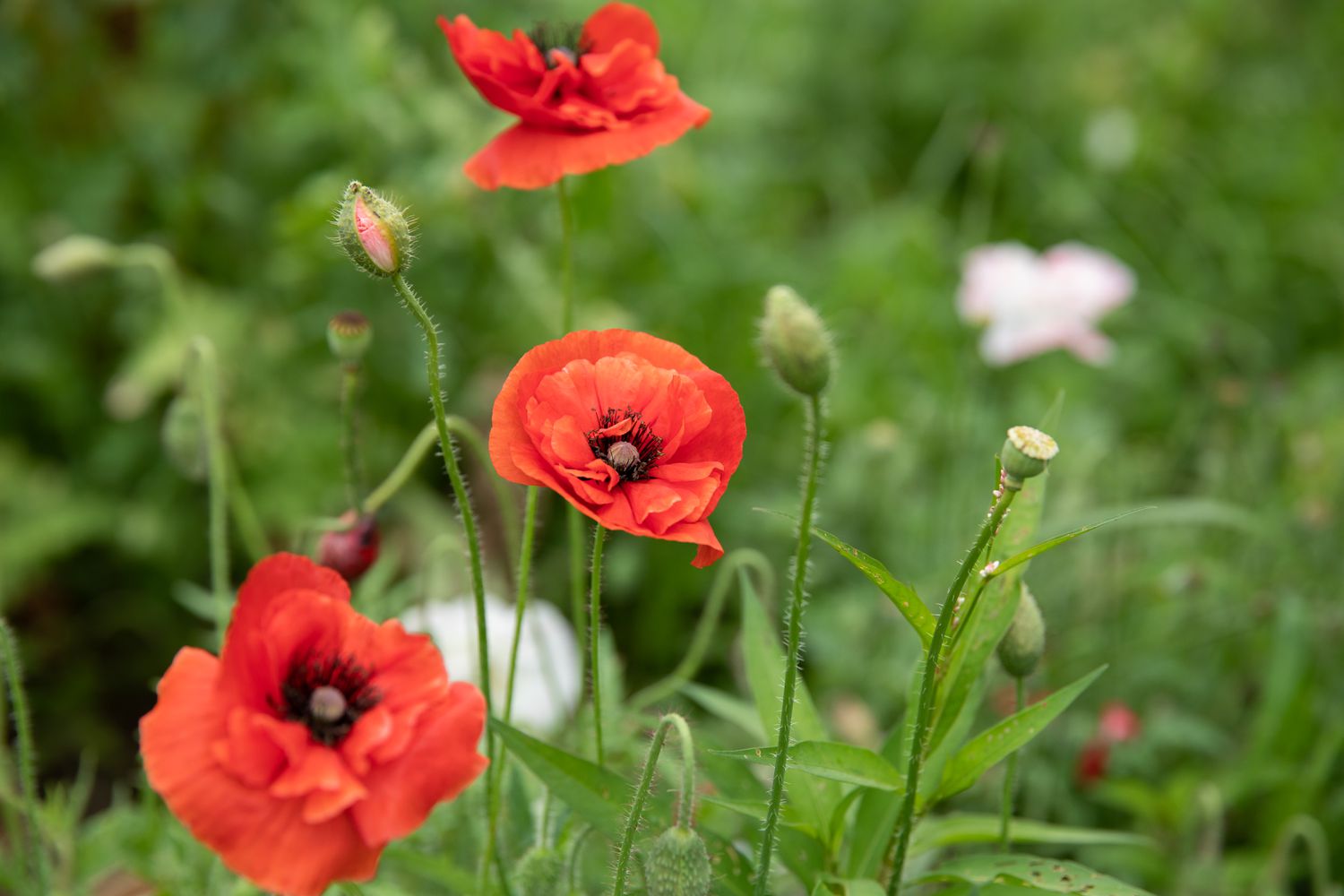
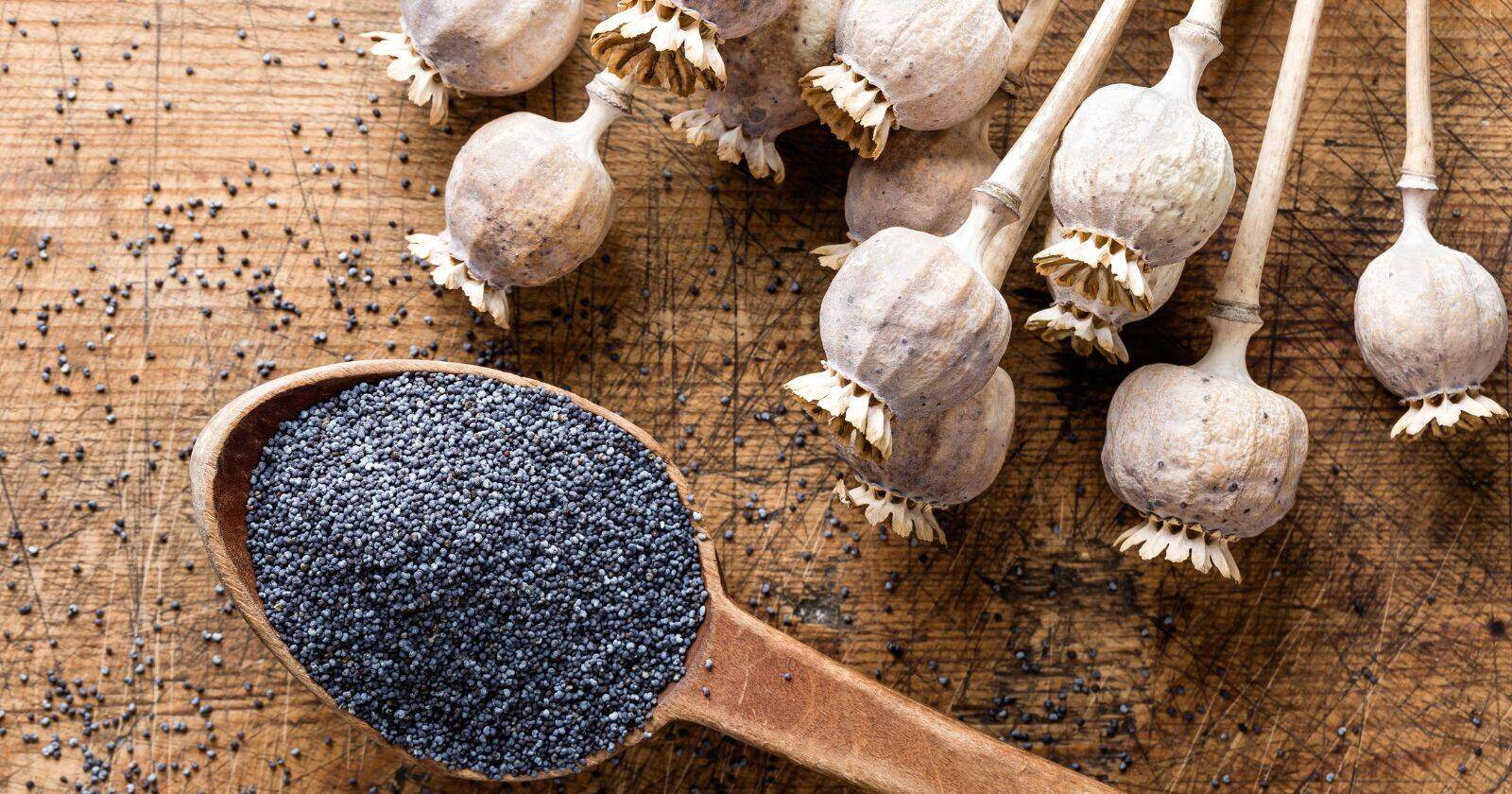
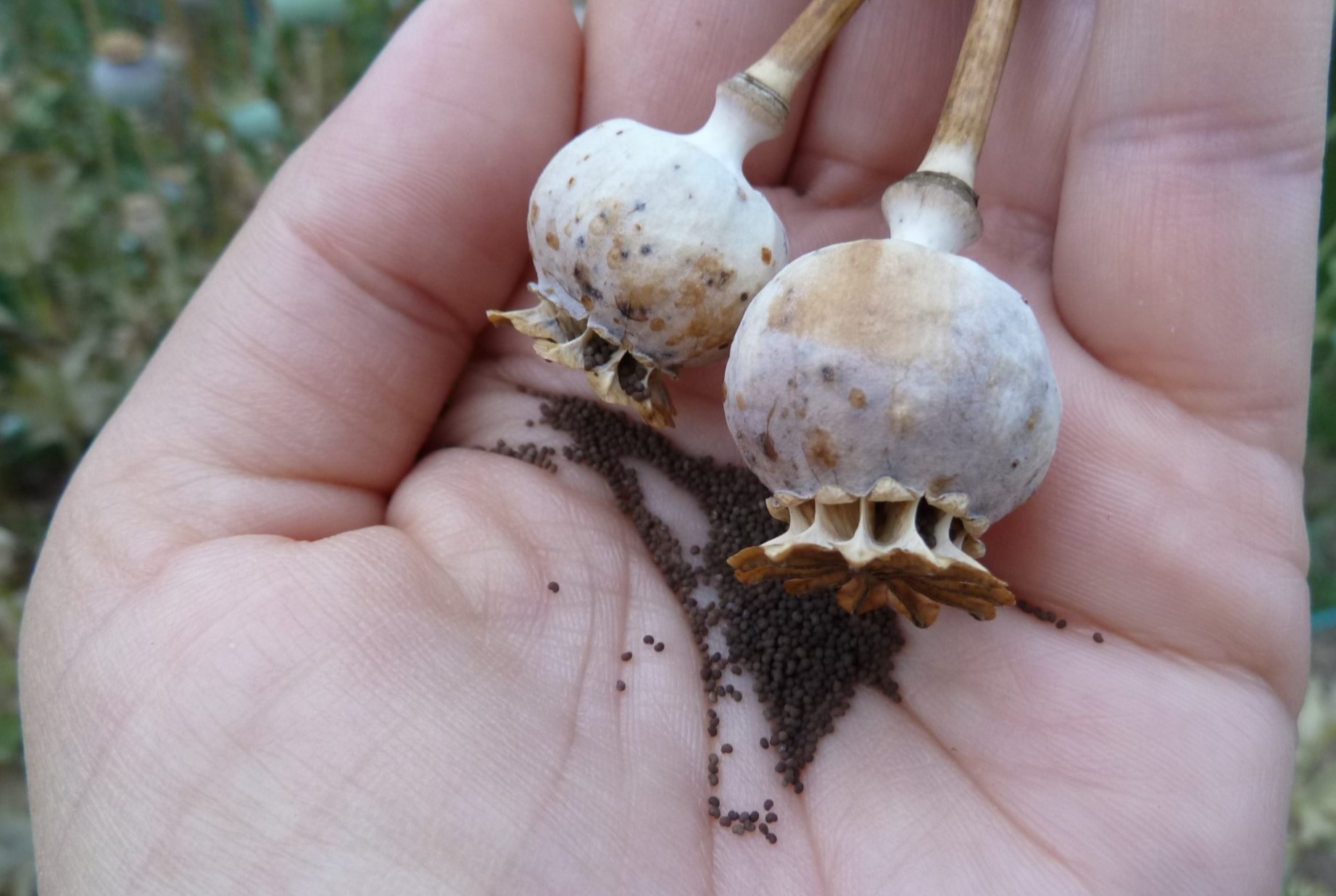

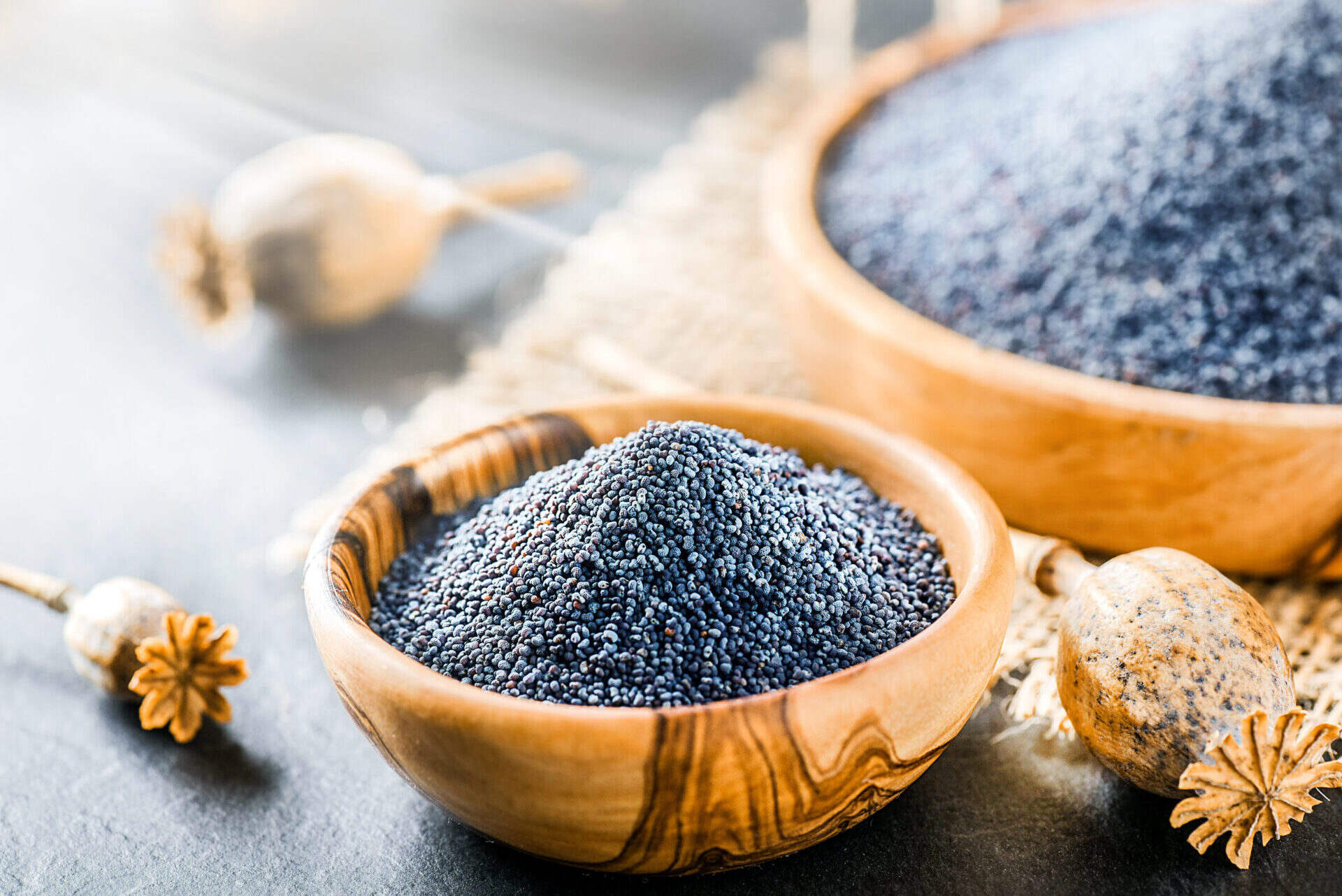
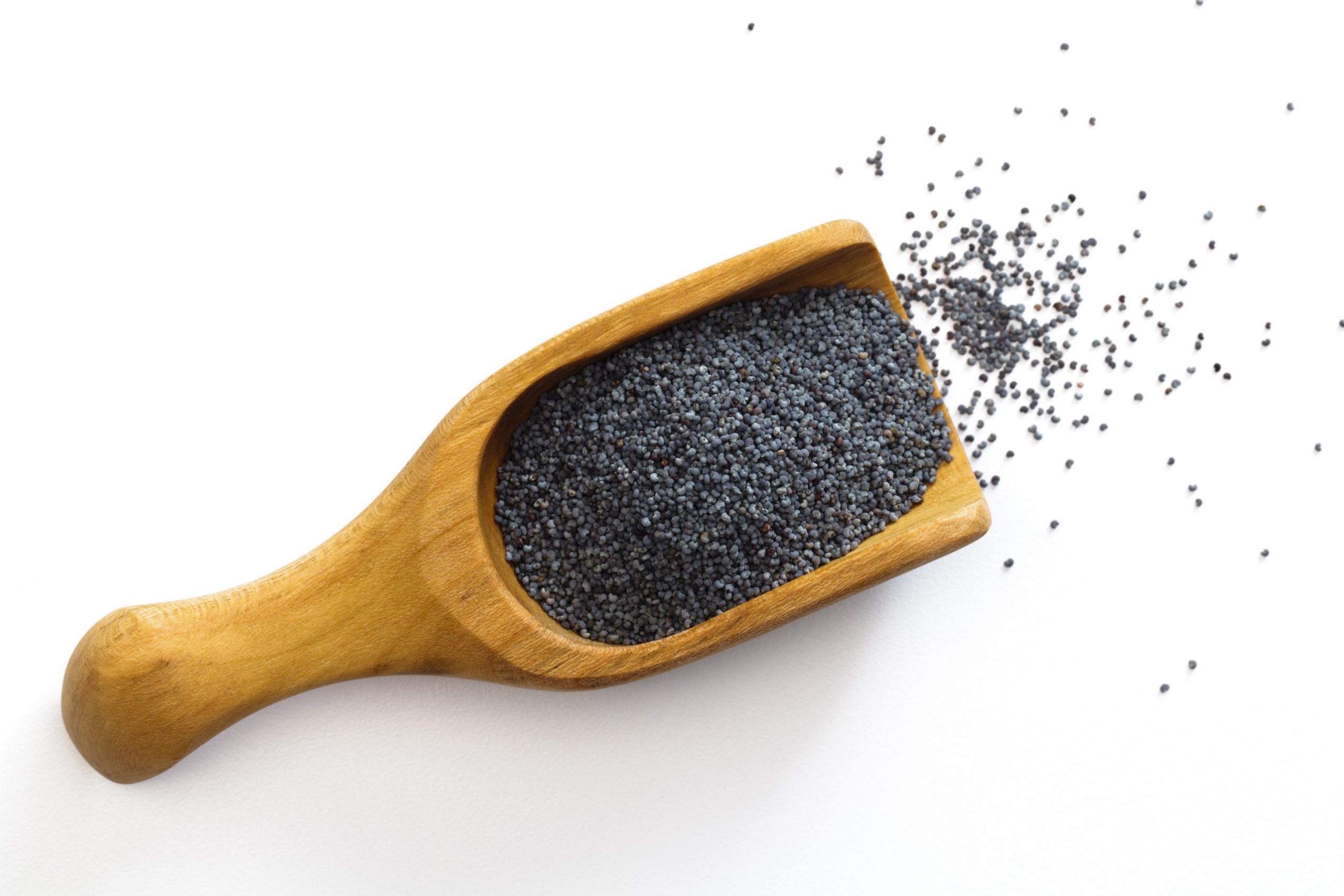
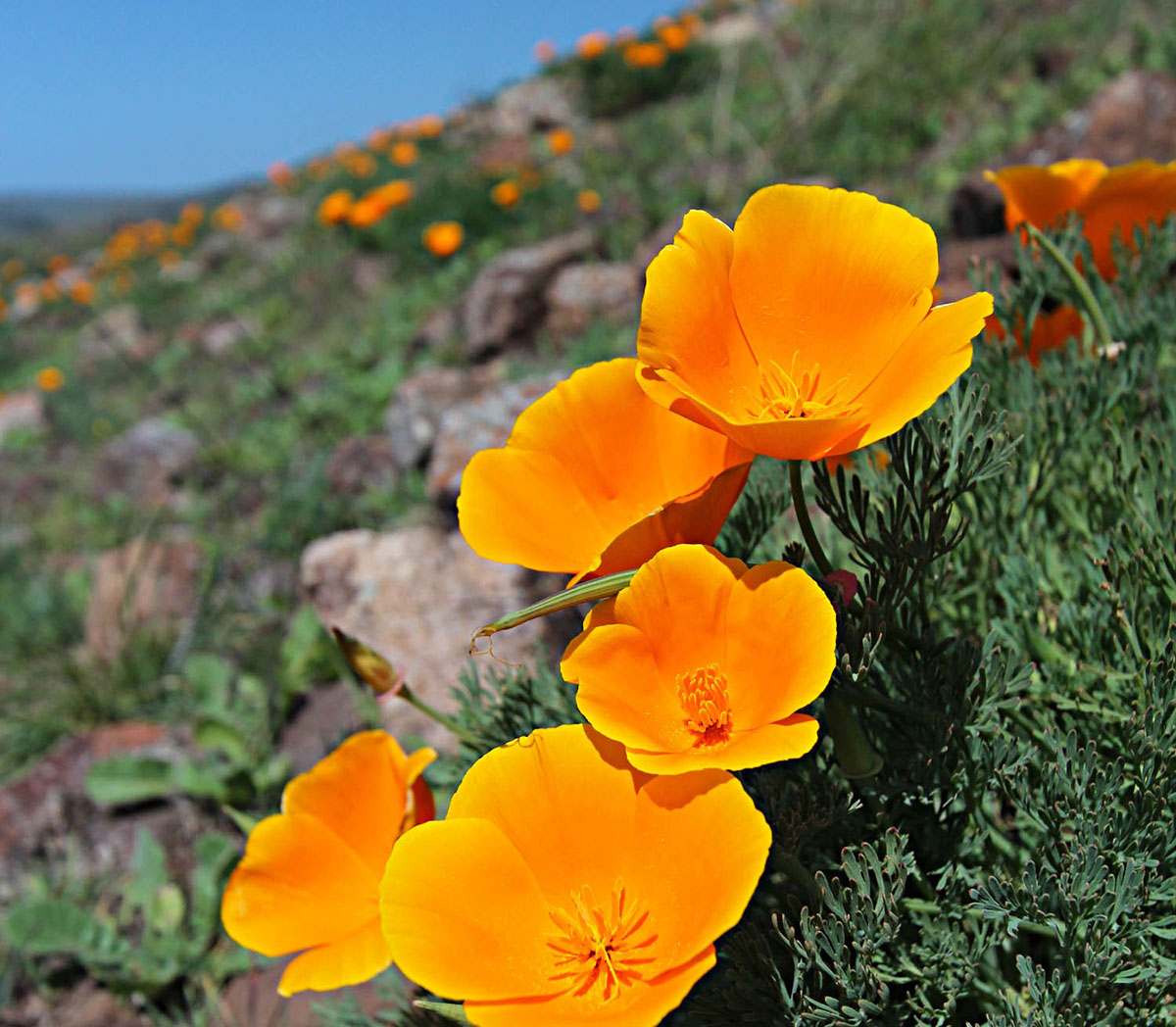
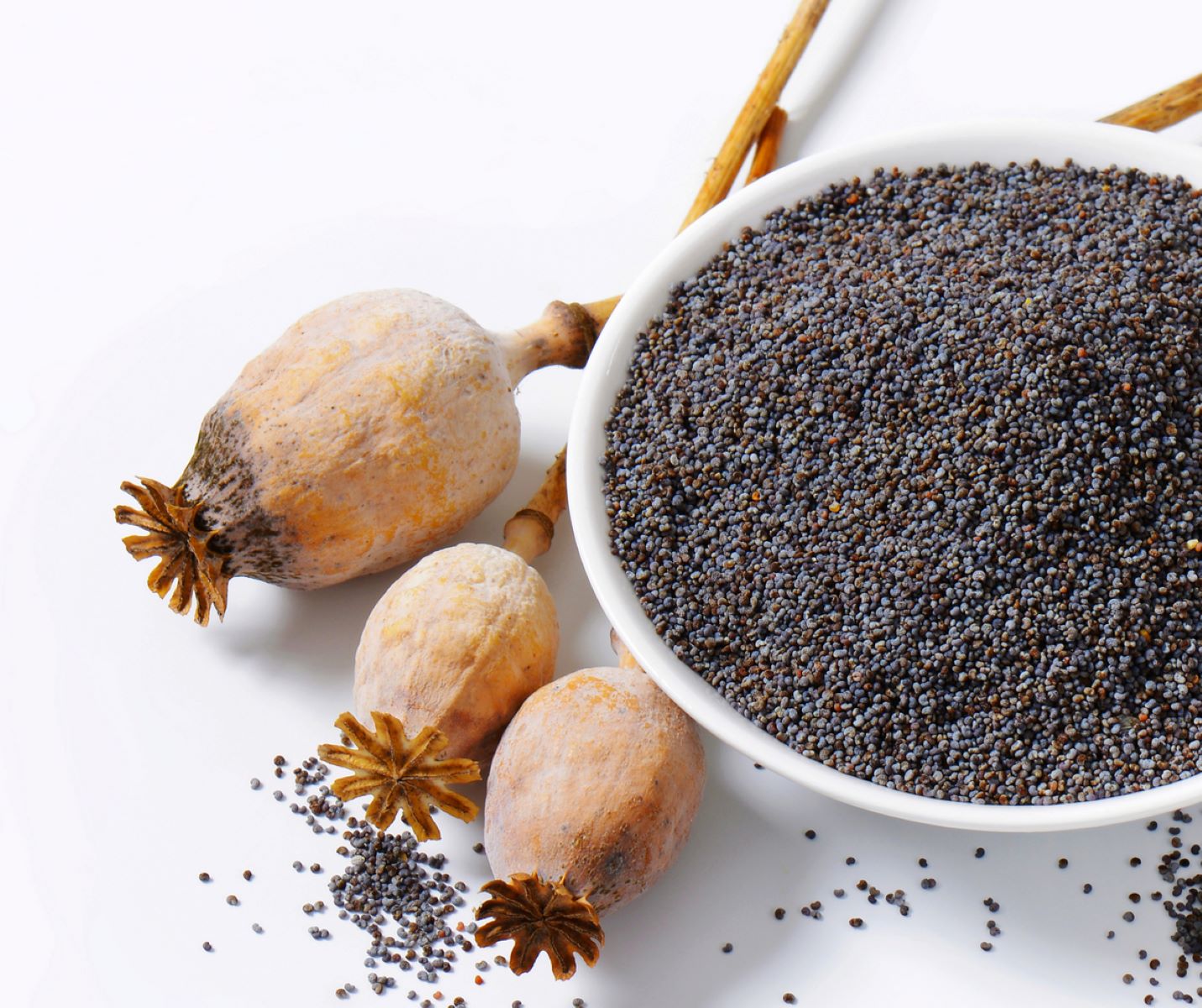
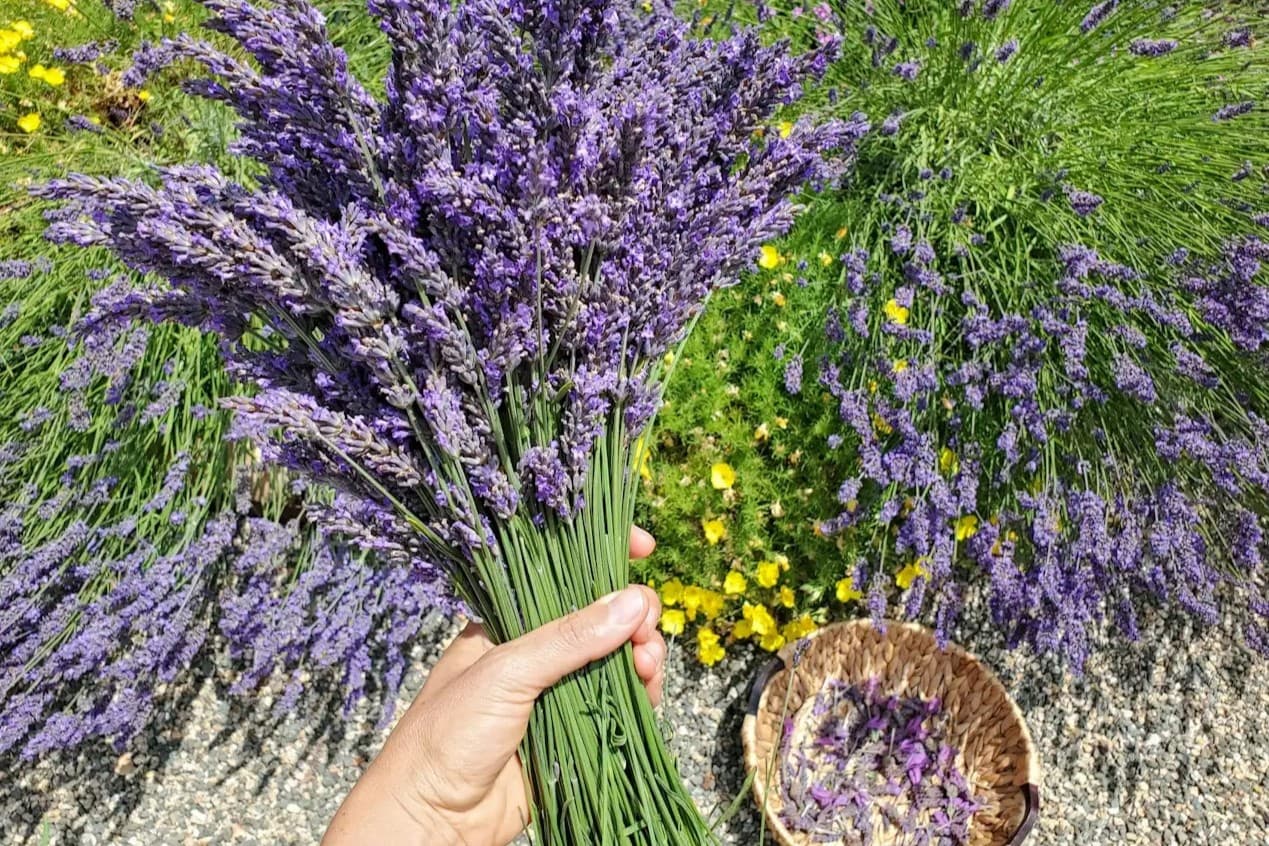
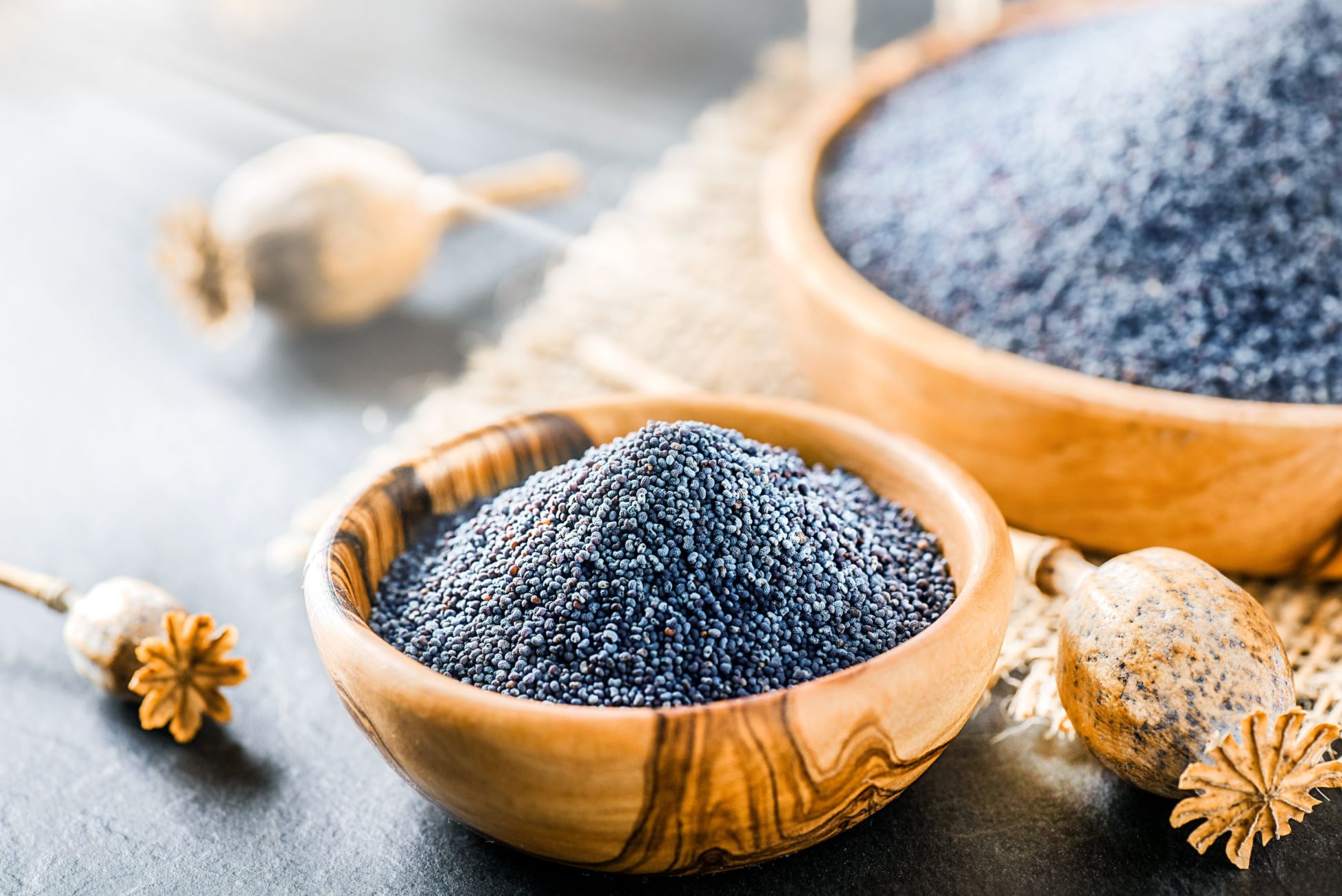
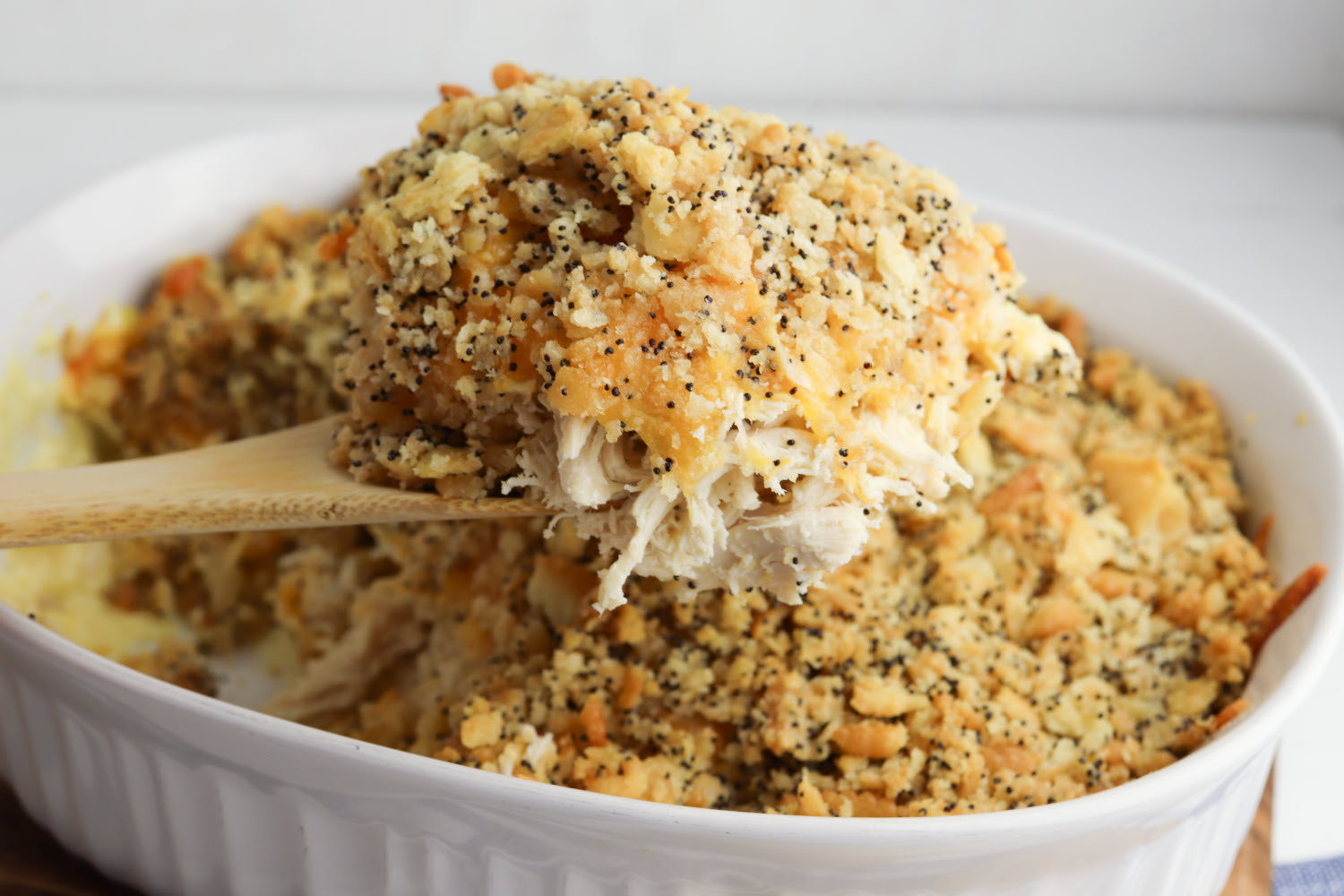
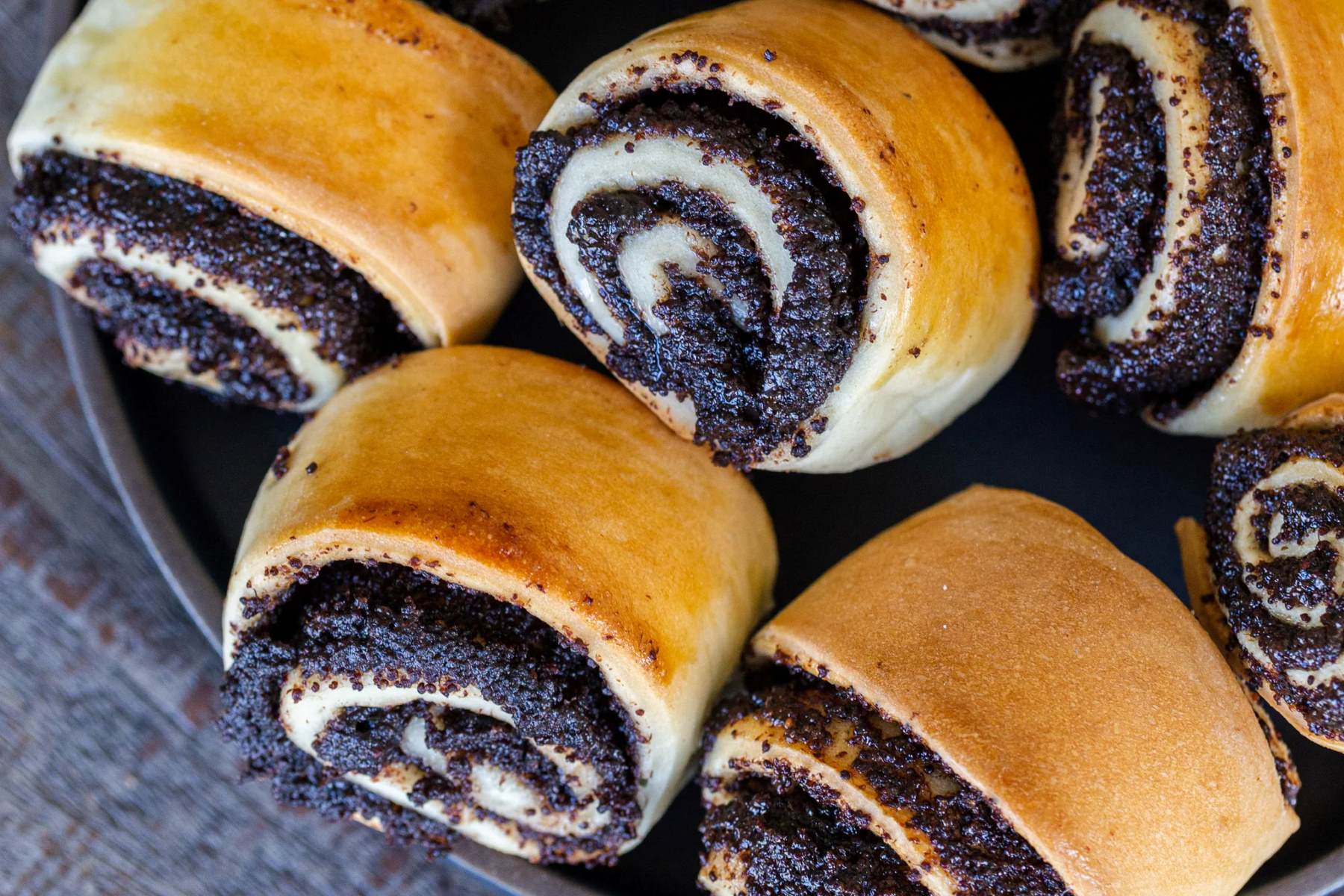
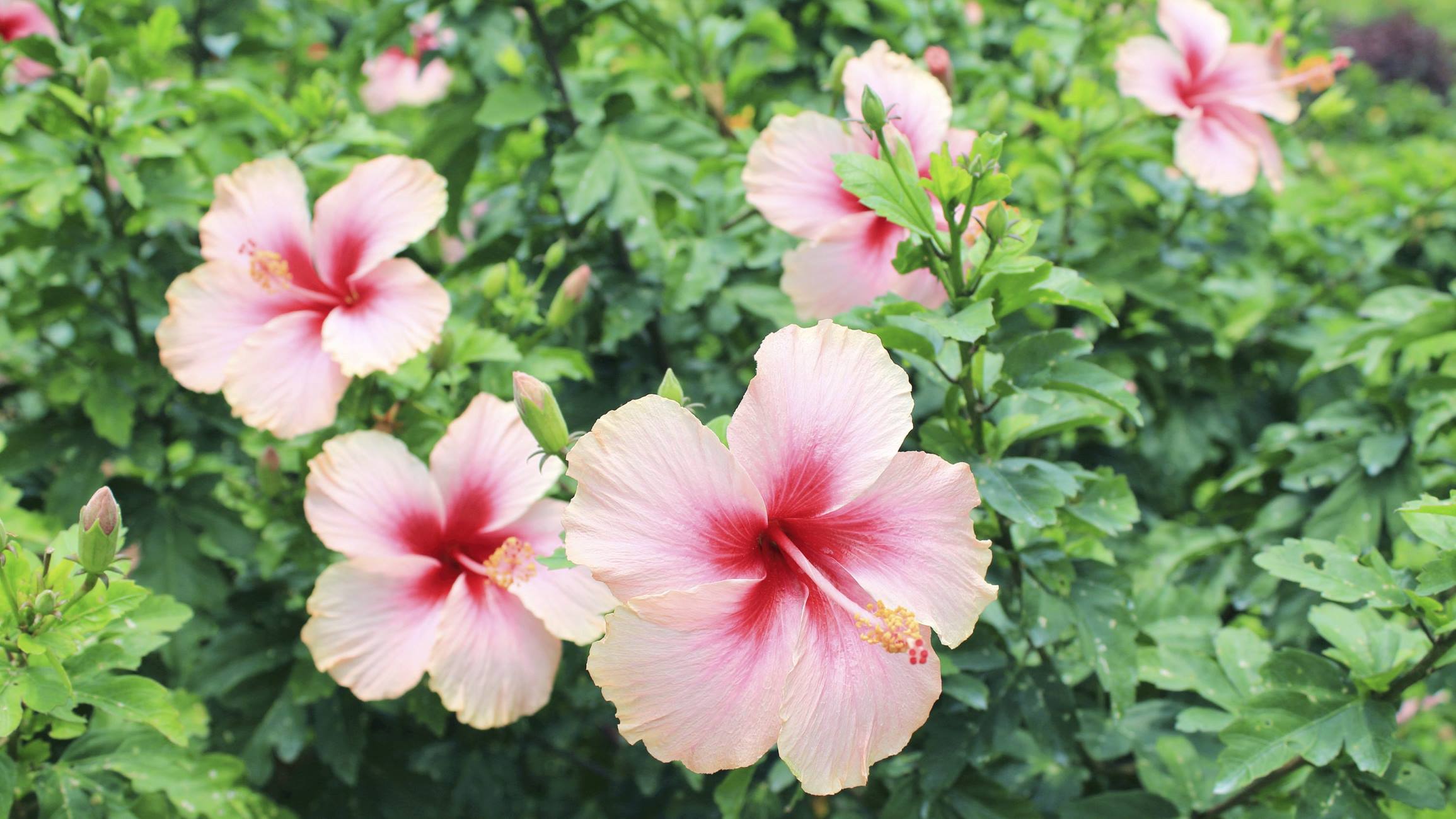

0 thoughts on “How To Get Poppy Seeds From A Poppy”